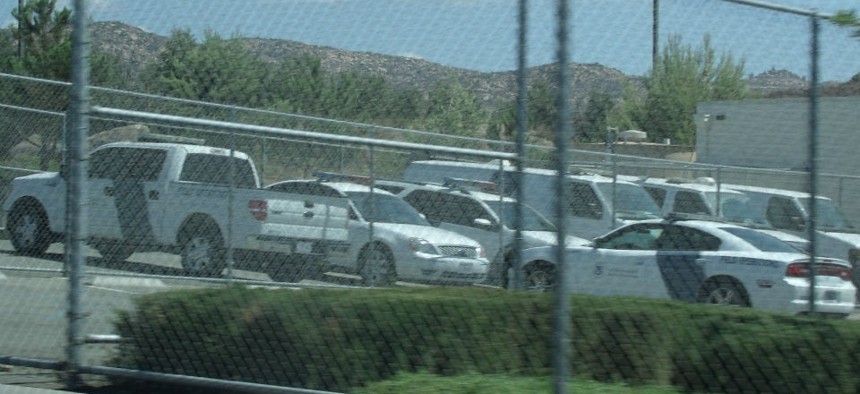Homeland Security Spent Millions on Vehicles It Rarely Used
The department lacks a central tracking system, which makes it difficult to enforce governmentwide policies.
The Homeland Security Department spent between $35 million and $49 million on underused vehicles in fiscal 2012, according to a new report.
The DHS inspector general found in an audit that agencies’ fleet managers don’t have systems in place to ensure they maintain an appropriate number of vehicles as cost effectively as possible or comply with departmental standards. Because each DHS sub-agency manages its own fleet, the IG said, the department maintains a disjointed and neglected cadre of vehicles.
Homeland Security owns or leases 56,000 automobiles -- the second largest fleet of any department -- at a cost of $534 million annually. The lack of a centralized tracking system has put DHS outside the bounds of both internal and governmentwide policy, the IG found. Chief among the violations was the department’s lack of justification for holding onto vehicles that were rarely used.
DHS, in response to a 2011 memorandum issued by President Obama directing agencies to reduce their fleet sizes, requires their components to assess and justify the need for retaining vehicles they drive fewer than 12,000 miles annually. In a sample of 753 vehicles selected from three different Homeland Security agencies, the IG found nearly six in 10 were underused in fiscal 2012 by that definition. Nearly nine in 10 of the underused vehicles were retained in fiscal 2013, though the sub-agencies did not offer any reason for their retention.
The IG extrapolated out the costs of those vehicles to determine the range DHS is spending on underused automobiles. Absent the necessary oversight and authority to enforce existing policy, DHS fleet managers cannot certify the number of vehicles agency operates matches its needs.
The lack of oversight also led to DHS falling short on a White House requirement for all new vehicles purchased to be either hybrid, electric or alternatively fueled. In the IG’s sample, just 4 percent of the vehicles purchased in fiscal 2012 were in those categories.
The IG recommended DHS put in place a “single, centralized system of record” for the entire fleet, and to boost the fleet manager’s authority. Agency management agreed with the suggestions and said they will implement the changes by 2015.
NEXT STORY: Why Congress Won't Help Jennifer Lawrence




